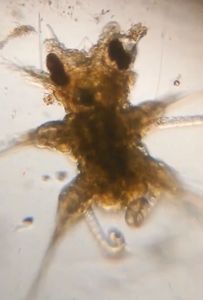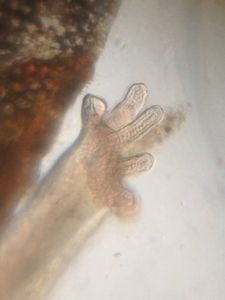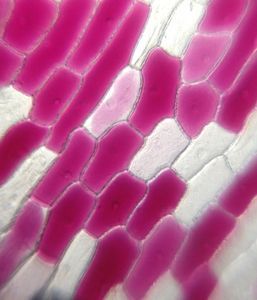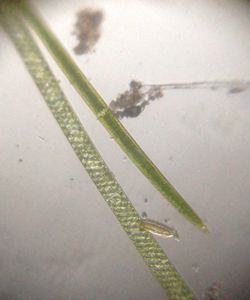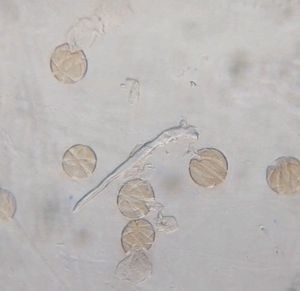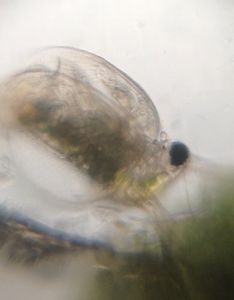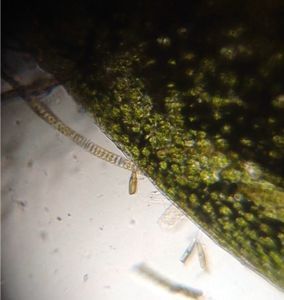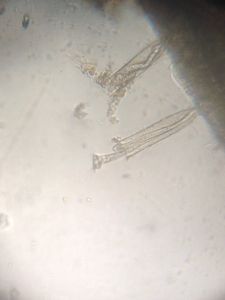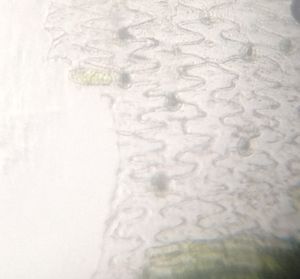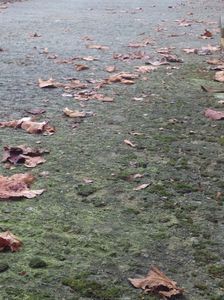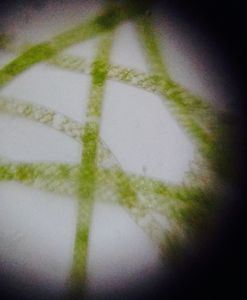A thorny issue urging a solution: biological control?
 Jul 11, 2016 • 4:30 PM UTC
Jul 11, 2016 • 4:30 PM UTC Unknown Location
Unknown Location 140x Magnification
140x Magnification Microorganisms
Microorganisms
Cristina
Learn about the author...
19posts
52comments
1locations
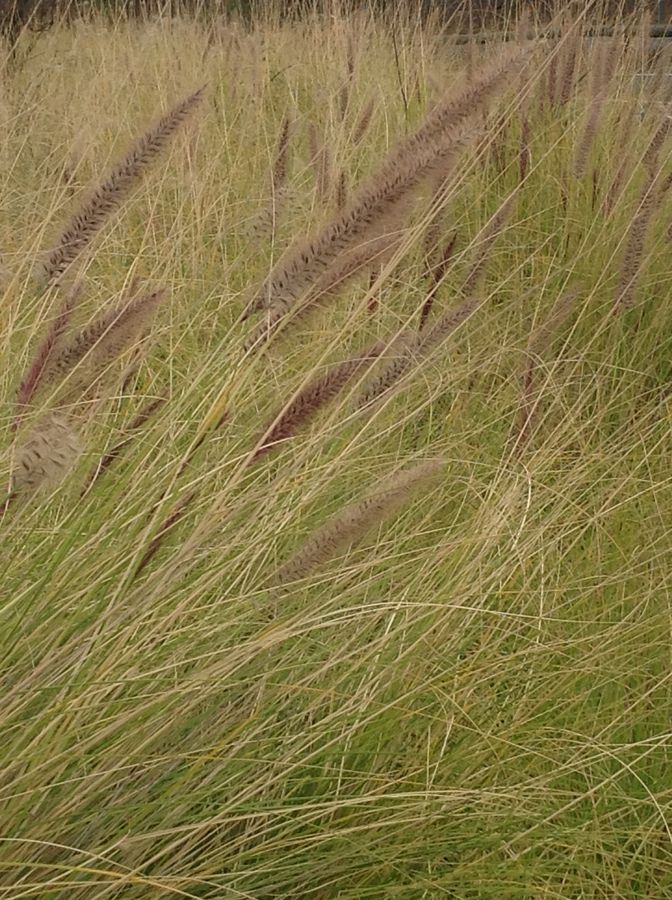
This is Pennisetum setaceum , a grass ( Poaceae ) known as purple fountain grass in many countries abroad. Where I live it is called “rabo de gato”, which is to say “cat’s tail”, something easy to comprehend when seen as follows:
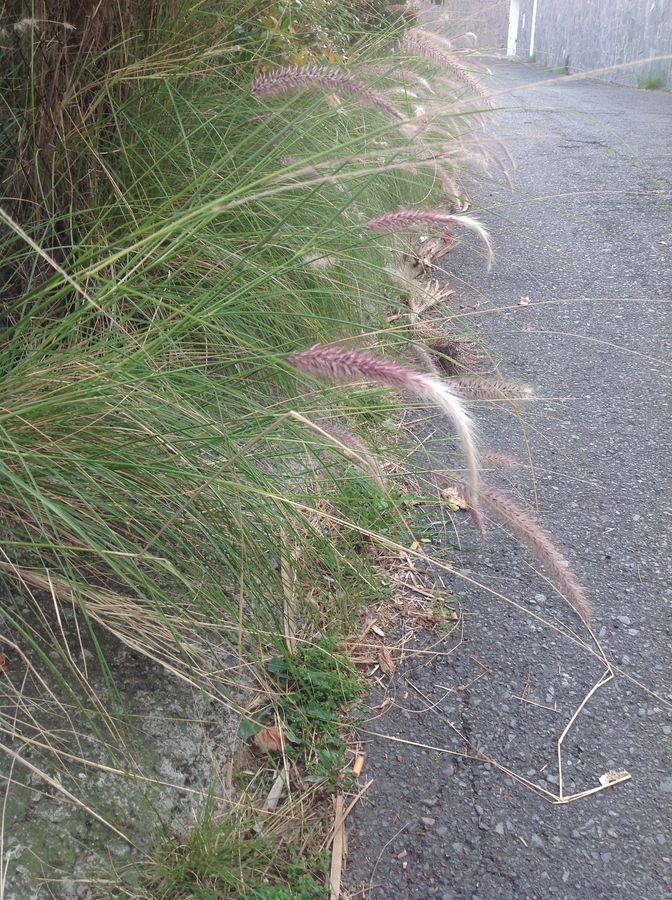
It has been introduced to many parts of the world as an ornamental plant, and this is where this story begins:
Canary Islands are made up of eight beautiful volcanic islands. Therefore , evolution has given rise to an incredible amount of endemisms (species restricted to a particular geographic region ) of all kinds. This uniqueness is emphasized by the fact that many of these species or its ancestors became already extinct in other areas of the planet during the most recent glacial period, that is to say, 110,000 to 12,000 years ago.
Once this background settled, let us say that Pennisetum setaceum has proved to be a very serious menace to canarian flora, with which it competes very effectively as an invasive species and it also increases the risk of intense wildfires, to which it is well adapted.
It is beyond doubt that every species, endemic or not, is a masterpiece, and has needed an unimaginable time and an indescribable succession of mutations to be itself, and no other. Consequently, we are now dealing with a serious matter demanding an efective response.
My school sorroundings are an example of this situation:
Canary Islands are made up of eight beautiful volcanic islands. Therefore , evolution has given rise to an incredible amount of endemisms (species restricted to a particular geographic region ) of all kinds. This uniqueness is emphasized by the fact that many of these species or its ancestors became already extinct in other areas of the planet during the most recent glacial period, that is to say, 110,000 to 12,000 years ago.
Once this background settled, let us say that Pennisetum setaceum has proved to be a very serious menace to canarian flora, with which it competes very effectively as an invasive species and it also increases the risk of intense wildfires, to which it is well adapted.
It is beyond doubt that every species, endemic or not, is a masterpiece, and has needed an unimaginable time and an indescribable succession of mutations to be itself, and no other. Consequently, we are now dealing with a serious matter demanding an efective response.
My school sorroundings are an example of this situation:
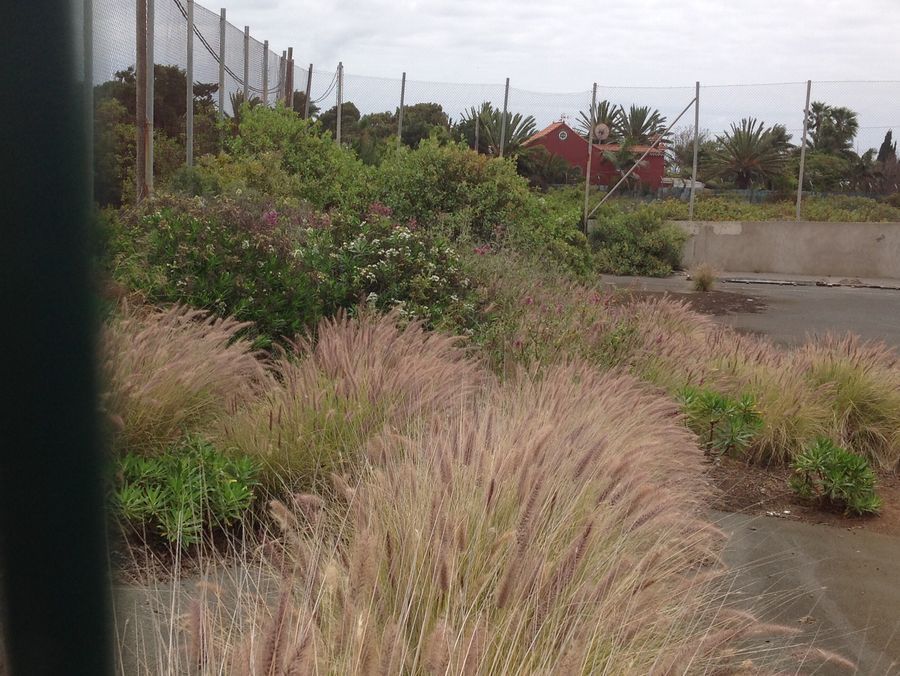
This grass is easily dispersed by vehicles, humans, livestock, wind (over short distances), water,… Its versatile propagation is easy to understand under a foldscope: microscopic thorns cover almost every pollinated ( or not) flower features containing potential seeds.
Each floret (flower) carries two densely branched styles, typical characteristic in wind-pollinated species. As seen before, thorns are of all kinds, ensuring dispersal success. Many structures contain a purple pigment, including the scales’ epidermal tissue.
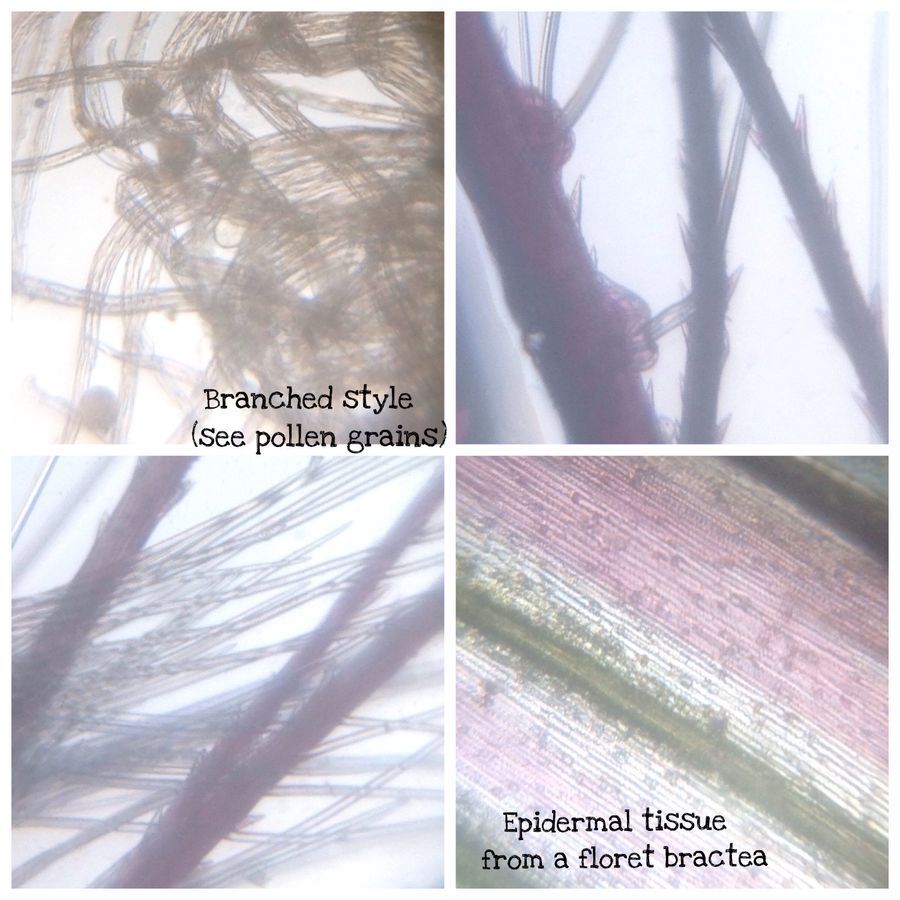
A group of my students have come up with a smart idea. Joel has been the one suggesting biological control as a possible way to lessen the gravity of this issue. He is passionate about Botany and has planned to use parasitic plants for this goal. It is certain that no pathogens of fountain grass have been reported till now (only some cattle in Hawaii), so he and his classmates have chosen a species of Orobanche to put this idea into practice.
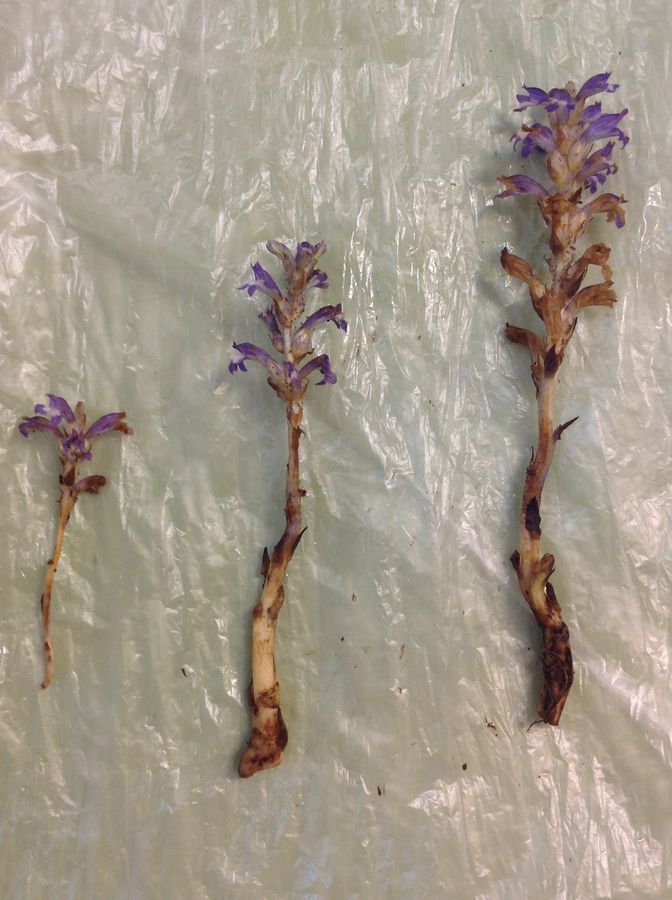
As previously said, species belonging to the genus Orobanche are parasitic herbaceous plants. The haustorium is the part of the plant which attaches the parasite to the host plant and grows into its vascular system. The parasite is then able to draw out water and nutrients, producing a general weakening of the host plant.
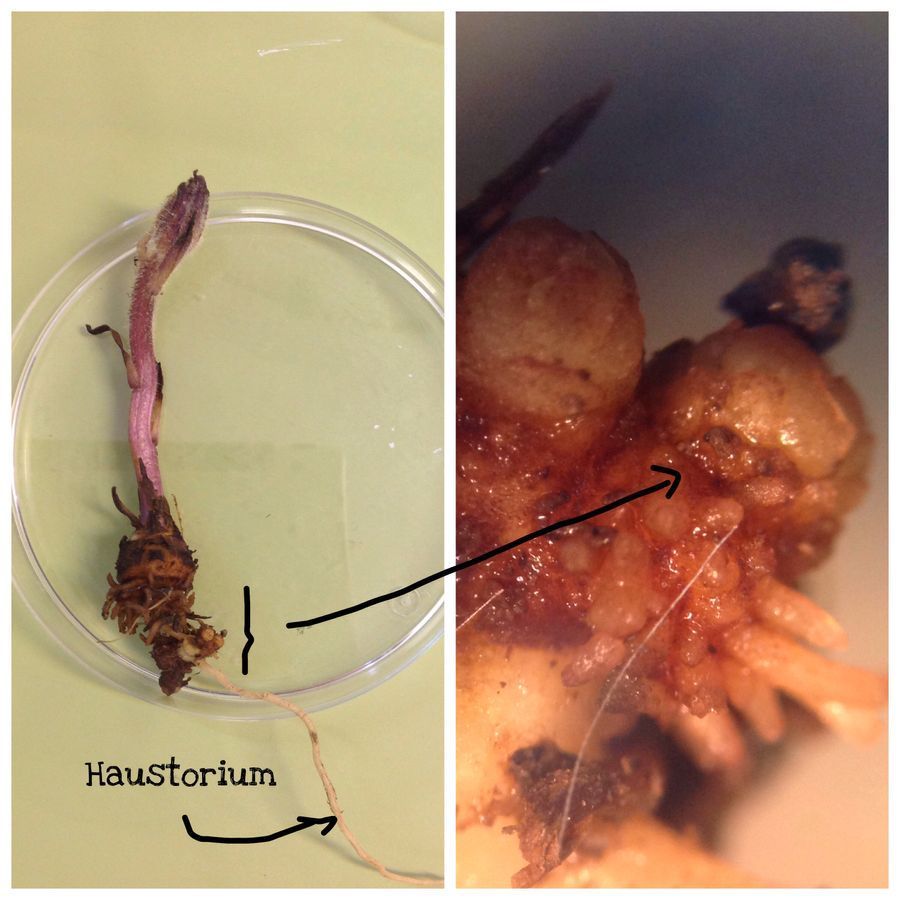
Using our foldscope, we saw the glandular trichomes scattered on the plant tissue. Really beautiful!
So Joel and his group are now trying to grow both species together. We know many ecological facts can determine the results of this experiment. For instance, Orobanche species tend to grow better in humid habitats, but Penissetum setaceum is adapted to dry conditions.
We know there is a better candidate: dodder (genus Cuscuta ), but we are now on the track of its habitat. Until any interesting outcome, we wanted to ask you, foldscope community, if you knew about a possible solution for this extremely important matter or suggested any idea to achieve our goal. We are all ears (or eyes 😊)!
Joel Moreno and Cristina Bosch
We know there is a better candidate: dodder (genus Cuscuta ), but we are now on the track of its habitat. Until any interesting outcome, we wanted to ask you, foldscope community, if you knew about a possible solution for this extremely important matter or suggested any idea to achieve our goal. We are all ears (or eyes 😊)!
Joel Moreno and Cristina Bosch
Sign in to commentNobody has commented yet... Share your thoughts with the author and start the discussion!

 0 Applause
0 Applause 0 Comments
0 Comments

